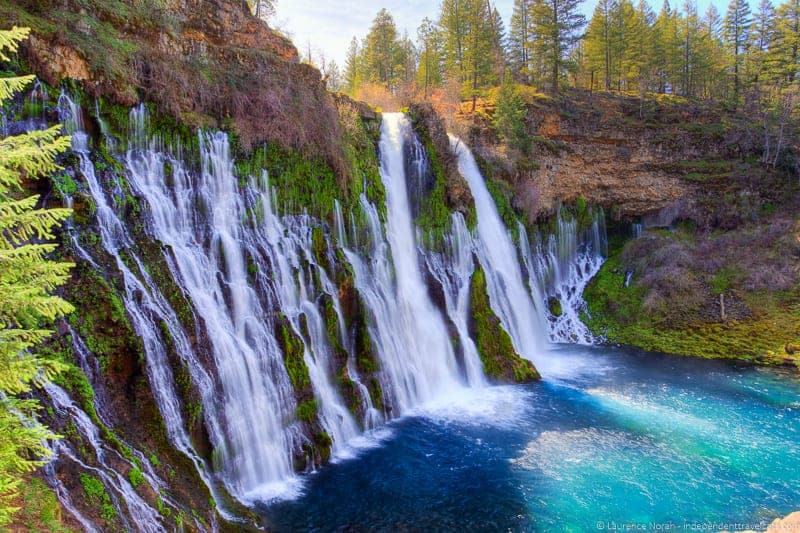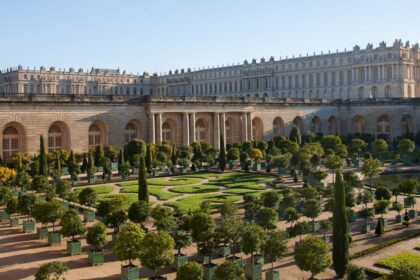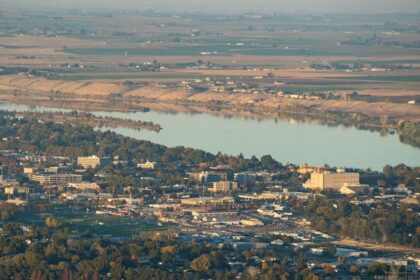Redding is the economic and cultural capital of the Shasta Cascade region of Northern California and the county seat of Shasta County. Take a look below for 15 amazing and fun facts about Redding, California, United States.
1. Redding lies along the Sacramento River, 162 miles (261 km) north of Sacramento, and 120 miles (190 km) south of California’s northern border with Oregon.
2. Its population is 95,542 as of the 2022 census, up from 89,861 from the 2010 census.
3. During the Gold Rush, the area that now comprises Redding was called Poverty Flats.
4. In 1868 the first land agent for the Central Pacific Railroad, a former Sacramento politician named Benjamin Bernard Redding, bought property in Poverty Flats on behalf of the railroad so that it could build a northern terminus there.
5. In the process of building the terminus, the railroad also built a town in the same area, which they named Redding in honor of Benjamin Redding.
6. In 1874 there was a dispute over the name by local legislators and it was changed for a time to Reading, in order to honor Pierson B. Reading, who arrived in the area in 1843, owned the Buenaventura land grant on which Redding sits, and had died only a few years before, in 1868.
7. The name, however, was officially changed back to Redding by 1880. It has been called Redding ever since.
8. Before European settlers came to the area, it was inhabited by a tribe of Native Americans called the Wintu. At their height, the Wintu had as many as 239 villages in the Shasta County area.
9. Although Europeans had been to California as early as 1542, when Juan Cabrillo sailed to what is now the San Diego Bay, the indigenous Indians were probably the only inhabitants of far Northern California region until Russian fur trappers came through the area in 1815.
10. The first European settlement in the area was established in 1844 by Pierson B. Reading, an early California pioneer who received a Rancho Buena Ventura Mexican land grant for 26,632 acres (10,778 ha) that is now covered by Redding and Cottonwood, California. At the time, it was the northernmost nonnative settlement in California.
11. During the Gold Rush, 49ers found gold to the north on Rock, Middle and Salt creeks, near Shasta, California, and to the south along Oregon and Olney creeks but the area that is now Redding was poor placer gold ground and called Poverty Flats.
12. In 1868 the first land agent for the Central Pacific Railroad, a former Sacramento politician named Benjamin B. Redding, bought property in Poverty Flats on behalf of the railroad for a northern terminus, which the tracks reached in 1872. In the process of building the terminus, the railroad also built the town of Redding which was officially incorporated on October 4, 1887. In 1888, Redding won the county seat from Shasta.
13. In the early twentieth century the town’s economic growth was spurred by the significant copper and iron mineral extraction industry nearby. However, the mining industry eventually declined, causing the economy and population to falter by 1920. It recovered in the thirties as the economy boomed due to the construction of Shasta Dam to the northwest. The building of the dam, which was completed in 1945, caused Redding’s population to nearly double, also spurring the growth and development of other towns in the area.
14. Redding continued to grow steadily in the 1950s due to the region’s growing lumber industry and tourism brought about by the newly completed dam. The constructions of Whiskeytown and Keswick dams also helped boost the economy by bringing new workers to the area. Interstate 5 was built during the sixties and seventies, which added to development and tourism in the region.
15. Growth in Redding during the 1960s and 1970s was further spurred by the annexation of an area east of the Sacramento River that included the unincorporated community of Enterprise; the residents voted to support the annexation primarily to acquire less expensive electricity via Redding’s municipal utility, which receives power from the dam.




